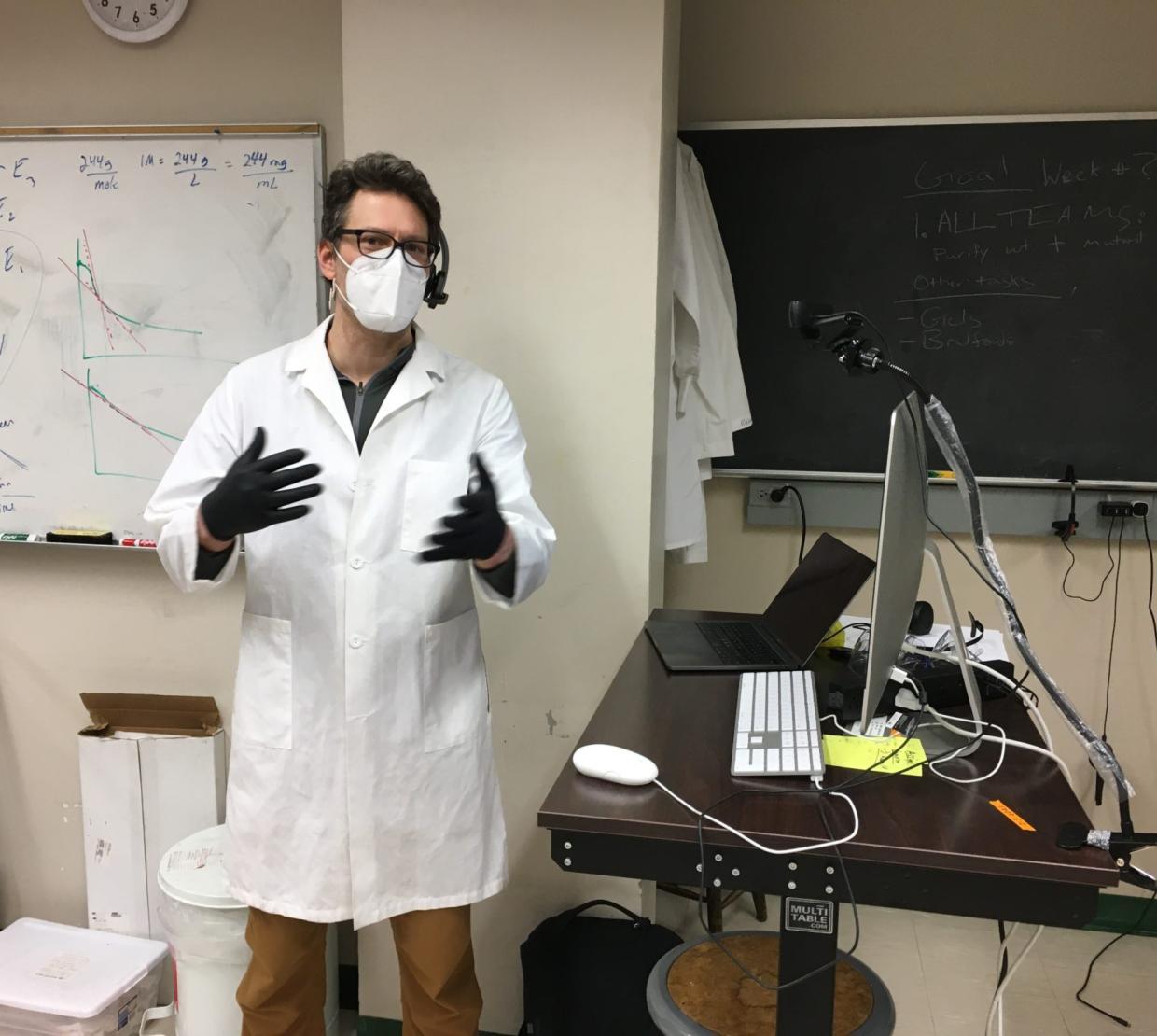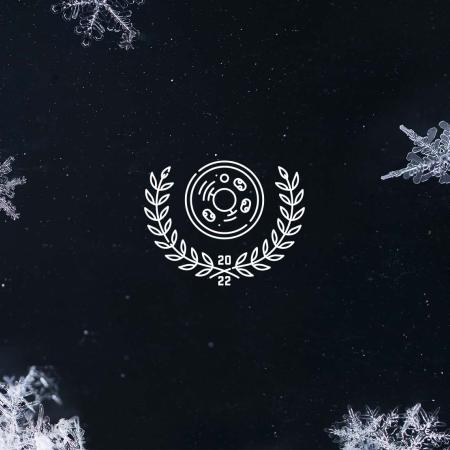When the global pandemic forced the closure of college science departments across the nation, Dr. Kari van Zee, Dr. Ryan Mehl, Dr. Rick Cooley, and graduate student Phil Zhu—department faculty and research members at Oregon State University—had to think fast to adapt their hands-on senior-level research methods course to support remote and hybrid models of learning.
Giving students the gift of discovery
Chemical Biology & Biochemistry Laboratory Using Genetic Code Expansion is a senior-level research course at Oregon State that supports around 100 students a year. In this rigorous capstone course, students use genetic code expansion technologies to investigate the function of a specific protein. Students get hands-on experience designing their own experiments, modifying and synthesizing a protein of interest, and then testing it using a variety of instrumentation. Independent student research from the course has even been published in scientific journals.
When the pandemic closed the OSU campus right before the 2020 spring term, the instructors only had one week to figure out how to deliver the course remotely. After a disappointing spring term, the instructors decided to make drastic changes to the course for the fall term.
Finding the right technology for remote research and collaboration
The instructors decided to use a hybrid model that allowed students to attend class in person or remotely. Over the summer the instructors acquired plexi-glass shields for each lab station, purchased masks, and developed other safety procedures to support in-person course delivery. Only a limited number of students could be in the lab at any given time, and students residing out of state, who could not return to campus because of travel restrictions, took the course remotely.
The instructors consulted with campus IT professionals and developed a creative plan to support their students while keeping things simple in the laboratory. Students would all work on the same protein, with small groups each modifying one amino acid site for their investigations. The faculty started each lab session via Zoom and then each team was assigned a breakout room for collaboration.
Students working in the lab could mount their smartphones to a flexible tripod and use their cameras to show other students in their group the preparation, procedures and data-collection methods. During that term, Dr. John Melville, Director of Biology at STEM education technology source Vernier, lead a remote training session on spectroscopy for students to enrich their understanding of data analysis.
Students adapted to working together in the hybrid model, whether they were on campus or out of state taking the course remotely, learning that their success was dependent upon effective communication and collaboration. Having taken fully remote courses the previous term, they already knew how to effectively use Zoom and other digital learning tools. Overall the course was a success, thanks to the hard work and quick thinking of the Oregon State instructors.
Read the full story on the Vernier Caliper



